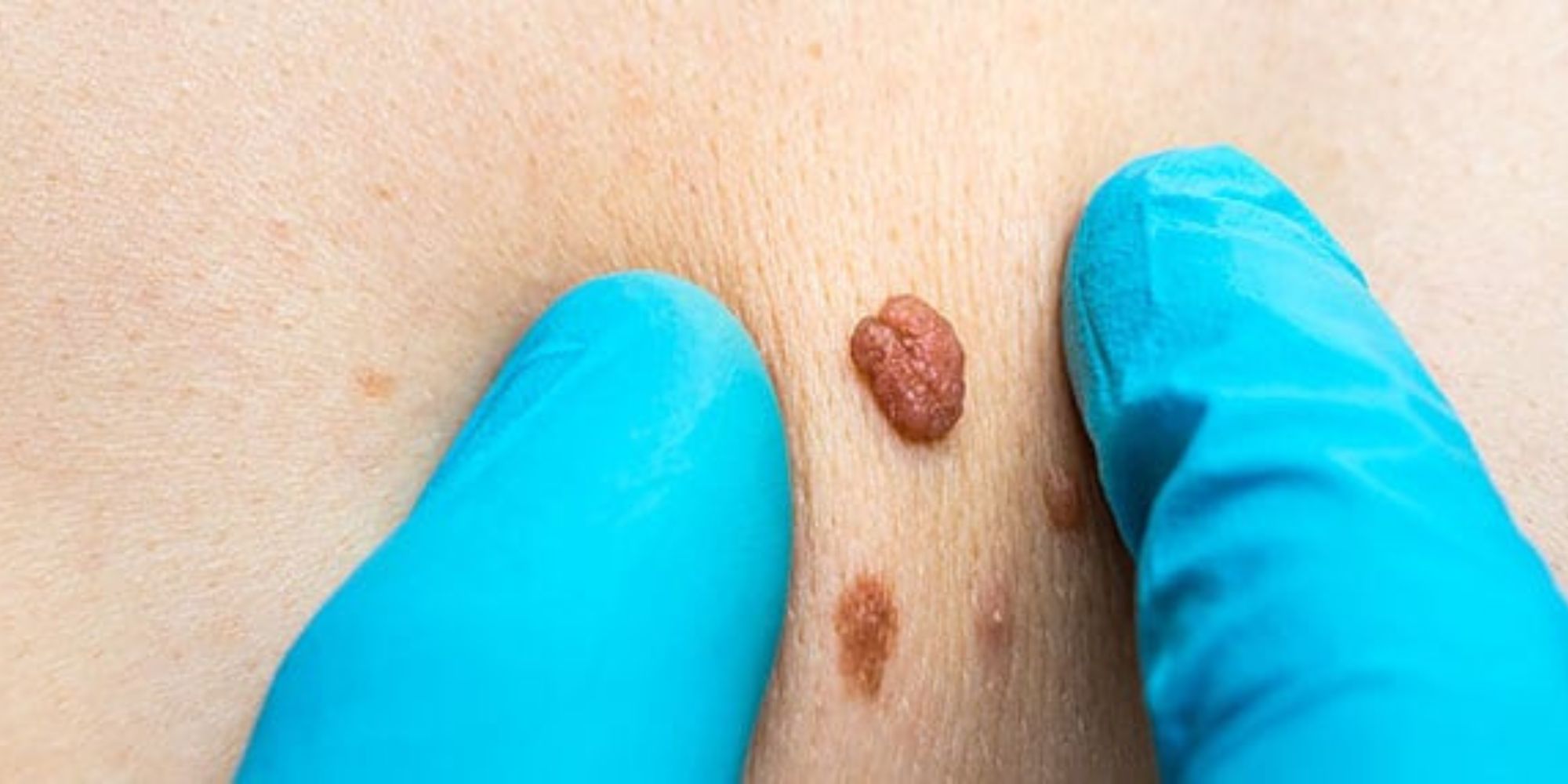This article gives a thorough overview of anal skin tags, including what causes them, what they look like and the safe or expert ways to get rid of them.
Understanding Skin Tags on Anus
Finding skin tags on anus might be upsetting and make you worried. Many people experience this problem, yet few discuss it. These small and soft also harmless bumps on the skin are typically observed where the skin rubs against itself. They are not carcinogenic or harmful but they may induce anxiety. This manual is for anyone seeking simple information about this contentious subject.
What Exactly Are Anal Skin Tags?
An anal skin tag is a flap of excess, harmless skin that can form around the anal opening. It is typically soft, flesh-colored, or slightly darker. These tags are not warts and are not caused by a virus. They are simply an overgrowth of collagen and blood vessels surrounded by skin and it is important to understand that these growths are benign. They are not a sign of cancer. Their presence is often linked to friction and other skin conditions.
An anal skin tag is a soft, benign growth of excess skin that forms around the anal opening. It is not a wart and is not contagious or cancerous. These tags are composed of collagen fibers and blood vessels surrounded by a layer of skin. Their development is often linked to friction where skin rubs against skin or clothing. They can also form a healing process from previous issues like hemorrhoids or fissures. While harmless a skin tag on the anus can sometimes cause irritation or hygiene difficulties.
Common Causes Behind Skin Tags on Anal Area
The formation of skin tags on anal region is often a mystery, but several factors are frequently associated with their development. Friction is considered a primary cause. This friction can be from skin rubbing against skin, clothing, or even during bowel movements. The previous episodes of hemorrhoids or anal fissures can also lead to the formation of a skin tag on anus as the body heals and creates extra tissue. Hormonal fluctuations such as those during pregnancy, and genetic predisposition are other contributing factors.
Recognizing the Symptoms: More Than Just a Bump
For many, a skin tag on anus is asymptomatic. It might be felt during cleansing or seen as a small bump. However for others symptoms can be present. These can be things like feeling itchy or frustrated. You can feel full or wet in that area. People struggle to clean up after using the restroom. Physical activity and protracted sitting may make you uncomfortable. Any new growth should be diagnosed by a doctor to rule out other diseases.
Your Consultation: A Step Towards Comfort
A conversation with a doctor is the most important step. There should be no embarrassment. Healthcare providers see these conditions every day. The diagnosis is usually straightforward. A visual examination is often all that is needed. The provider can confirm that the growth is indeed a benign skin tag and not something else. This visit is an opportunity for all questions to be answered. A clear understanding of the condition is the first step toward peace of mind for a deeper look into breaking the silence consider our piece Anal Skin Tags: The Hidden Issue No One Talks About But Should.
Exploring Your Treatment Options
While each skin tag requires treatment and if the tag is not causing any physical discomfort or emotional distress it can often be left alone. However when there is persistent irritation hygiene issues or cosmetic concerns removal might be the best path forward. The decision to remove an anal skin tag should always be made in consultation with a doctor.
Professional Removal Procedures
When removal is recommended, several safe and effective in-office procedures are available. These are performed under local anesthesia for comfort.
- Excision: The skin tag is snipped off with sterile surgical scissors or a scalpel and this method is quick and provides immediate results
- Ligation: A tiny thread is tied tightly around the base of the tag. This cuts off its blood supply causing it to wither and fall off within a few days
- Cryotherapy: The tag is frozen off using liquid nitrogen and the frozen tissue eventually sloughs away
- Electrocautery: An electrical current is used to burn off the tag. This method also seals the blood vessels minimizing bleeding
Important Considerations for Removal
After a procedure to remove anal skin tags, there might be minor discomfort. Postoperative care instructions from the doctor must be followed diligently and good hygiene is essential for proper healing. There are no proven safe methods for removing an anal skin tag at home. Home remedies can lead to infection, bleeding, and scarring. The anal area is very sensitive. Professional care is always the safest choice.
Conclusion
While having skin tags on your anus might be difficult to feel alone but it does not have to be. If you get an appropriate medical diagnosis and know what treatment options are available you must feel better and more comfortable and a doctor or nurse at Anal Skin Tag MD will help you determine the best and safest method to move forward making ensuring that your health and comfort are the most important things.

